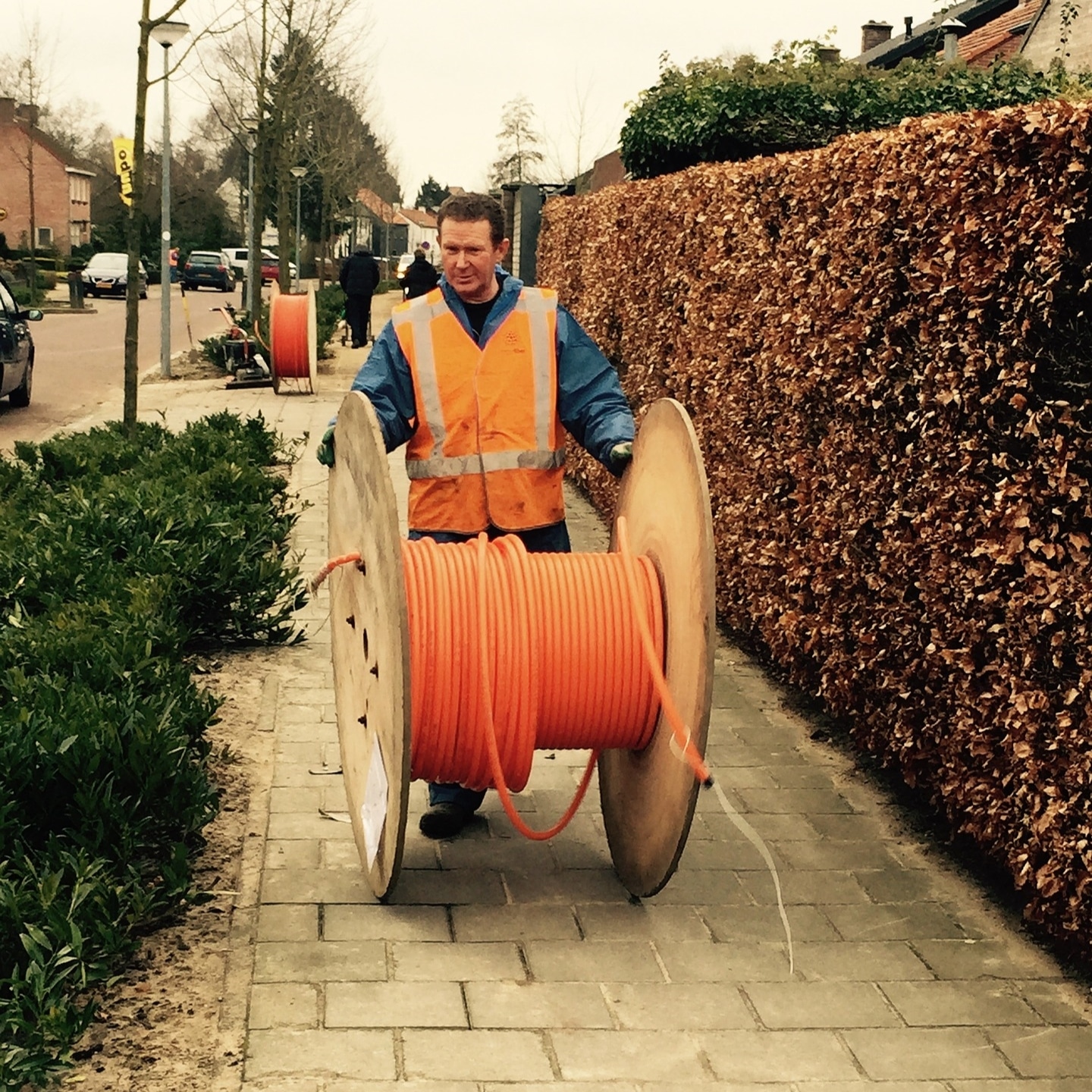A new report by Reviews.org breaks down the Broadband Equity, Access, and Deployment (BEAD) Program funding to reveal statistics about funding per state resident and other details.
The National Telecommunications and Information Administration (NTIA) announced in June 2023 how the funds would be divvied up by state, with Texas set to receive $3.3 billion — the highest amount — and the District of Columbia to receive $101 million — the lowest.
The Reviews.org BEAD report, “$42B in Broadband Funding: See Where That Money Is Going in Each State,” explained that although the most populated states will receive the highest allocations, more than 60% of the funds will go towards states that have greater rural populations (10% or more rural population), due to their greater need for reliable internet infrastructure.
The BEAD report examined the relative distribution of funding in each state by its total population. This methodology divided each state’s allocations (as outlined by the NTIA) by its number of residents per the U.S. Census Bureau.
The 10 states receiving the most funding per resident are:
- Alaska: $1,387 per resident (factoring in the state’s unique geographic challenges along with their tribal population reaching 20%)
- West Virginia: $675 per resident
- Wyoming: $603 per resident
- Montana: $580 per resident
- Mississippi: $406 per resident
- Vermont: $356 per resident
- Arkansas: $340 per resident
- New Mexico: $318 per resident
- Idaho: $317 per resident
- Louisiana: $291 per resident
Among the states receiving the highest funding per resident, an average of 14% of households don’t have internet access or a device. These states contain higher proportions of rural populations, which lack access to acceptable download and upload speeds.
BEAD funding gives each state, Washington D.C., and Puerto Rico a baseline of $100 million. The NTIA prioritizes further allocations using a calculation of the number of “high-cost” locations in each state divided by the nationwide total of high-cost locations — and likewise for unserved locations, the report explained. Therefore, underserved rural states get the most BEAD funding per resident.
According to the Reviews.org BEAD report, “high-cost unserved areas are defined by a cost model that includes an area’s remoteness, population density, topography, and poverty levels. At least 80% of the locations in this area are unserved.”
Lower population density, rough terrain, limited road access, and higher poverty levels in rural communities contribute to these high costs. States such as Alaska, Montana and New Mexico also are being prioritized because of their relatively large tribal populations without internet access, the report explained. The Reviews.org report stated that almost a third of American Indian and Alaska Native households don’t have access to high-speed internet.
The 10 states/district receiving the least funding per resident are:
- Massachusetts: $21 per resident
- New Jersey: $28 per resident
- New York: $33 per resident
- Connecticut: $40 per resident
- Maryland: $43 per resident
- California: $47 per resident
- Florida: $54 per resident
- Ohio: $67 per resident
- Illinois: $81 per resident
- Pennsylvania: $89 per resident
Reviews.org’s report is based on BEAD funding allocations and demographic data from InternetForAll.gov, the U.S. Census Bureau for the latest population estimates, and the USDA Economic Research Service for rural population percentages. To obtain the rural population for each state, the organization multiplied the rural percentage by the total population.



